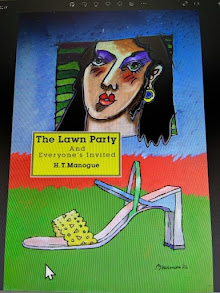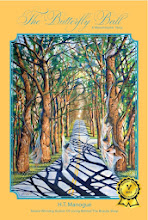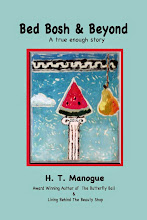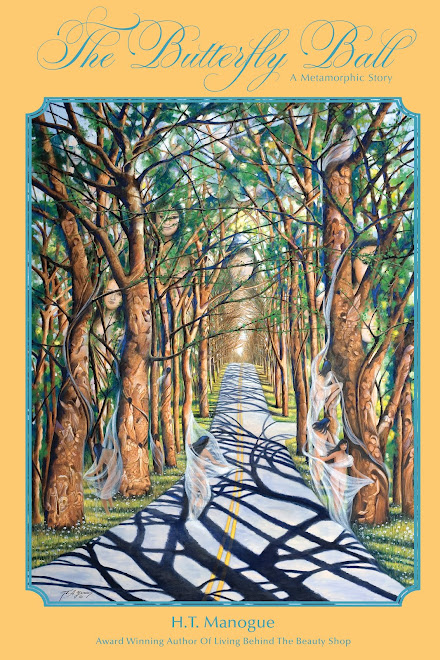One of the major questions that has dominated discussions of mysticism since the publication of William James’s classic work, The Varieties of Consciousness, is whether or not there is any core mystical experience that is common across cultures and traditions.
Those beliefs limit the way we look at physical reality. Consciousness is structured in various ways. There are regions, densities, forms, aspects, elements, and individual qualities of consciousness. All qualities of consciousness are in a perpetual state of expansion. The fuel for this expansion is the awareness of consciousness itself.
Mystical experiences are part of our expansion, but they are not mystical to the subjective self. Experiences contain innate information that creates awareness. Our thoughts, emotions and beliefs create experiences, and they trigger varying degrees of awareness.
Trying to put our subjective self in a box of rules and regulations is like trying to capture the air we breathe today and use it tomorrow.
There are no boundaries when it comes to mystical experiences. We form countless version of the self and we use them to become aware of the other aspects of our consciousness. We do it without doing and become without being aware of that becoming.
What the caterpillar in us calls death is called life to the butterfly self within us. That butterfly is the mystical self that experiences life.










No comments:
Post a Comment